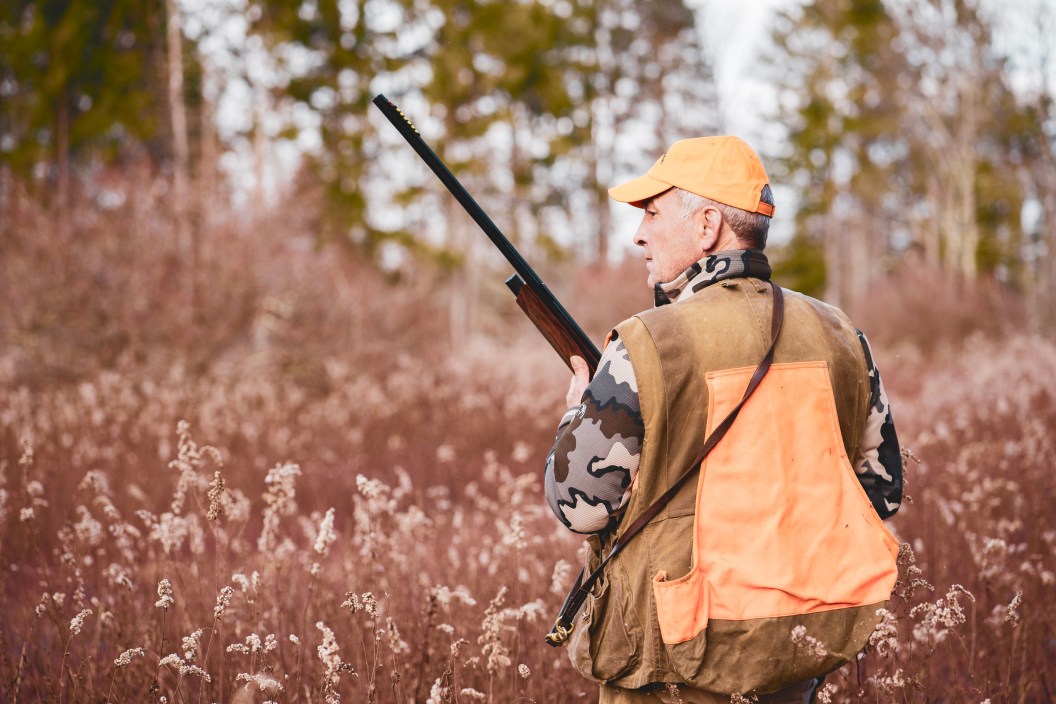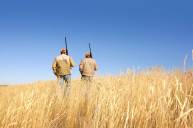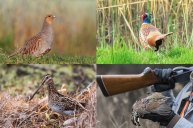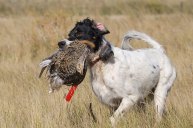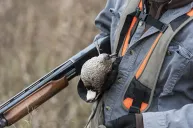When it comes to upland hunting dream spots, the Dakotas, Nebraska, Idaho and other central plains states are often top of the list. What's not to love about fields and hedgerows full of pheasants, grouse, chukar, and quail, after all?
But a trip to these popular destinations isn't always in the cards. Maybe you're tacking on an upland hunting trip onto another journey and need to go where the road's taking you; maybe you don't have the dough to hit these popular (and more expensive) spots. Fact of the matter is, there is great upland hunting across America. And these five underrated upland hunting destinations give you a great crack at birds, without the crowds. Here are our favorite "secret" upland hunting destinations across the U.S.
5. South Central Louisiana
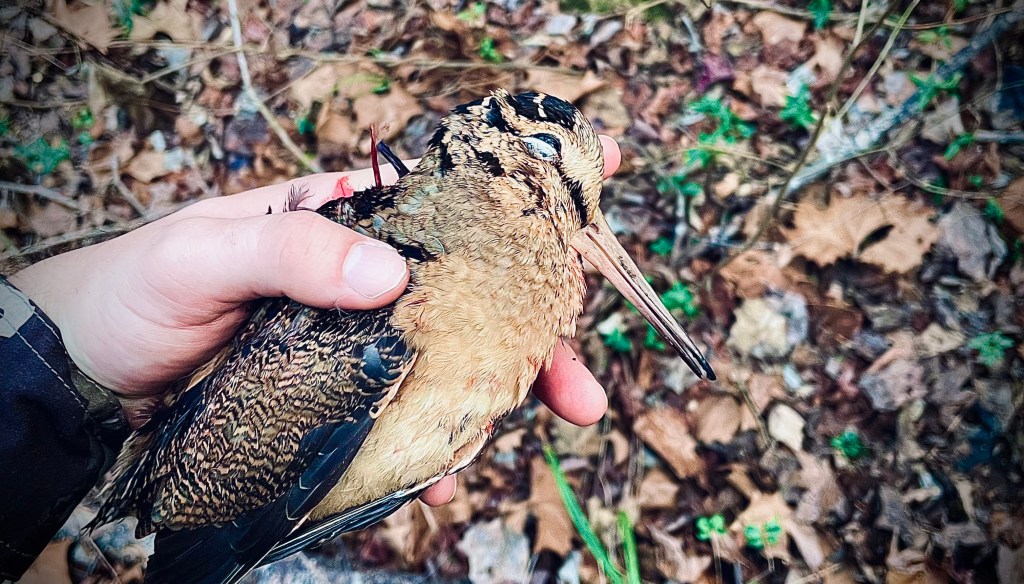
Nathan Ratchford for Wide Open Spaces
If you want great shooting, less pressure, and unique cultural flare and cuisine—head to Cajun country this winter. Louisiana has important wintering grounds for woodcock. In fact, studies suggest that more than 50 percent of North America's woodcock call Louisiana their winter home.
Several wildlife management areas, national forests, wildlife refuges, U.S. Army Corps of Engineers lands, and private lands are managed to enhance woodcock habitat and hunting opportunities. Still, the state is rarely seen as a destination for upland hunters.
Woodcocks migrate from November through February, with the peak of the migration arriving around mid-December, depending on the weather. A trip during that window should put you in a great position to get a shot at woodcocks.
Where to Go: Atchafalaya National Wildlife Refuge and the surrounding areas offer excellent public land opportunities. Sherburne and Dewey Wills WMAs and the US Army Corps of Engineers Indian Bayou Area are also known to be productive.
4. Northern New Hampshire
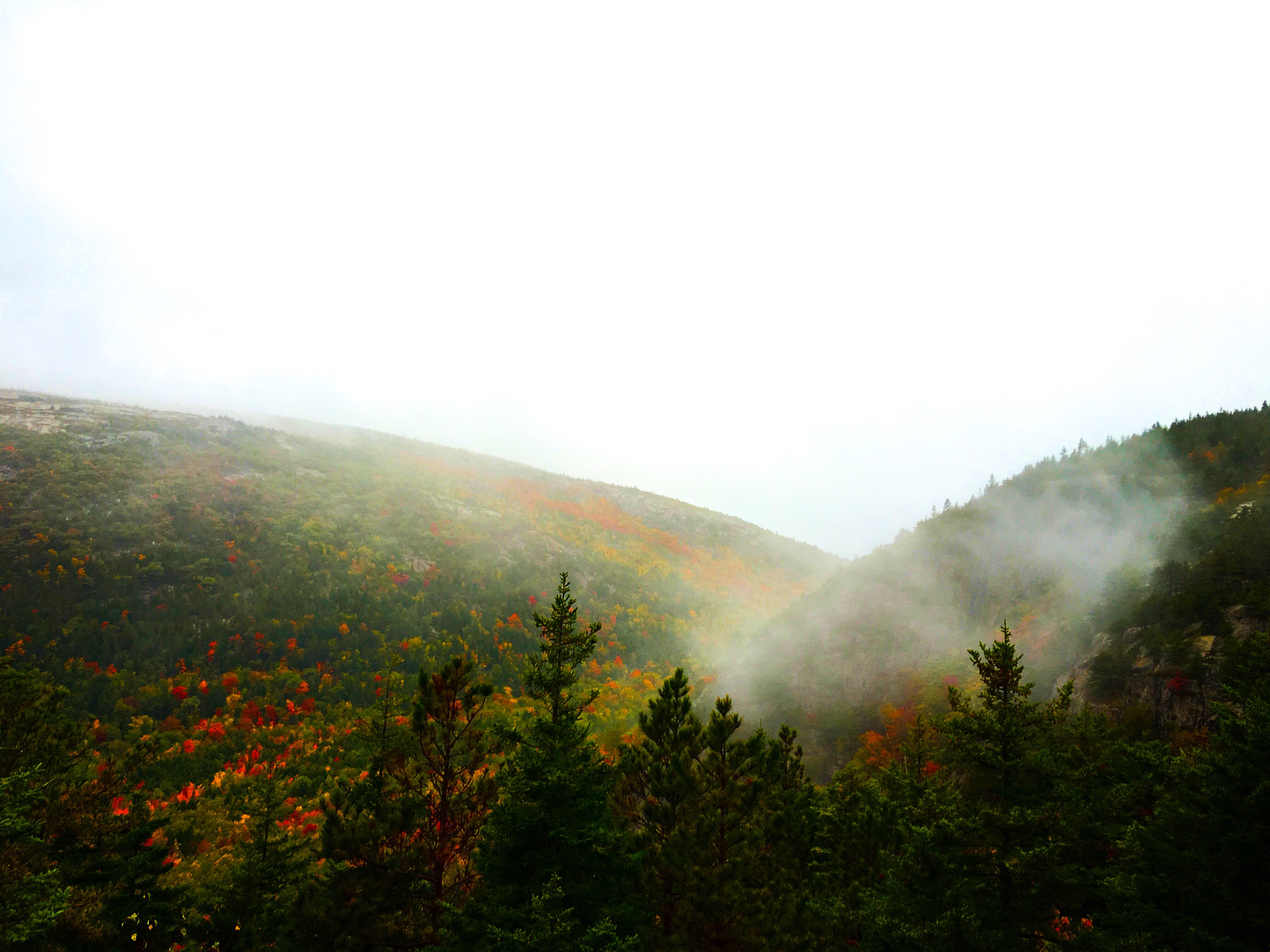
The northern tier of New Hampshire offers large tracts of managed timber forests. To an upland hunter, this means one thing—ruffed grouse. Grouse are most abundant along the Canadian border in the far north, but can also be found in good numbers as far south as the White Mountain area—beautiful, rugged country to walk with a good dog, especially during the vibrant colors of autumn. Woodcock flights also come through in wet boggy areas along rivers in streams where there is good stem density, and snowshoe hare are quite common for those interested in a mixed bag hunt.
Where to Go: Pittsburg to the north is a good home base for those looking to get into good numbers.
3. Northwest Montana
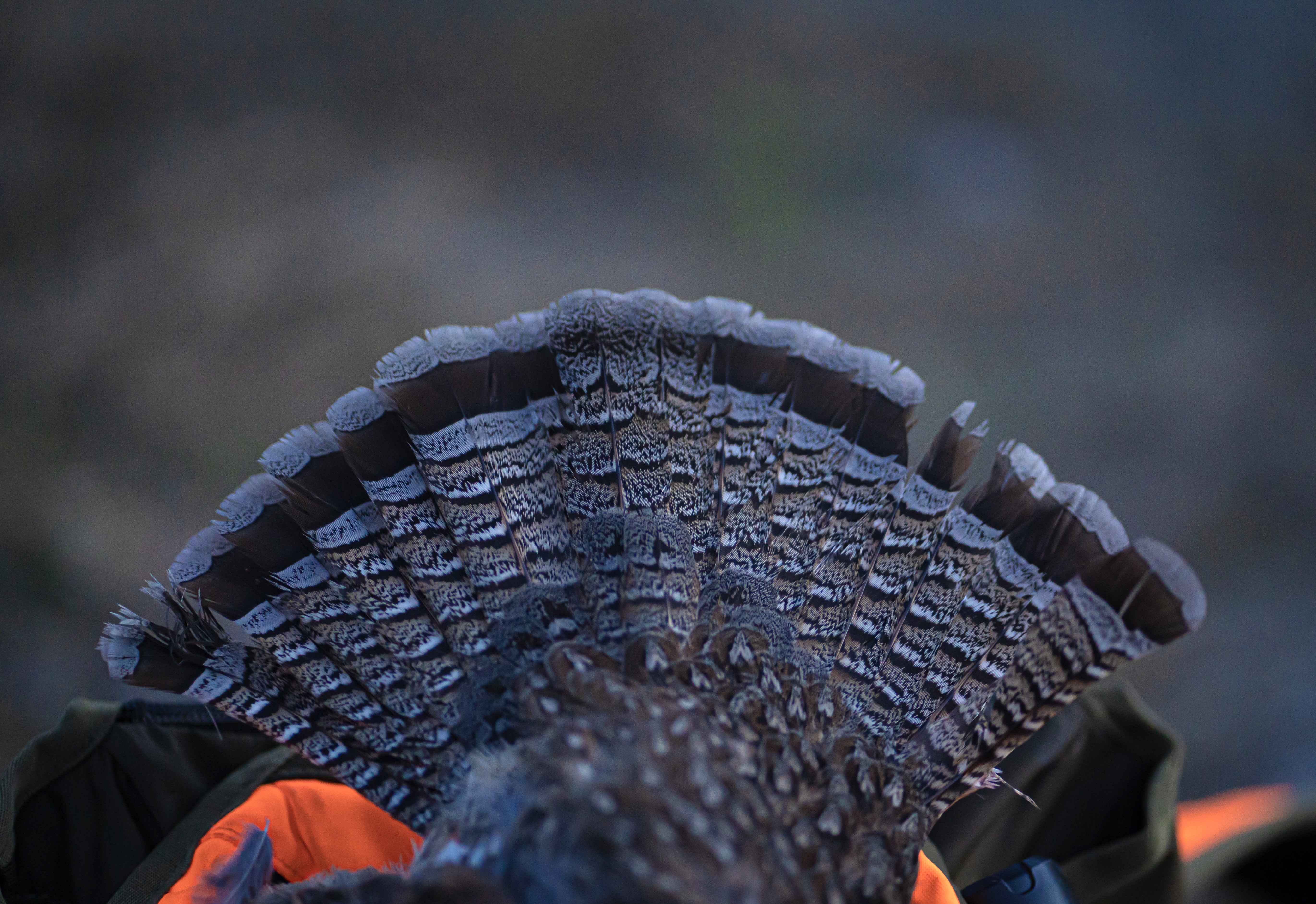
For those seeking true wild country in the lower 48, Northwest Montana is about as remote as you can get. Forest grouse are abundant and unpressured in this area of the state. This is one of the few areas in the lower 48 you can hunt spruce, ruffed, and dusky grouse all within close proximity.
The terrain here can be steep, unforgiving, and full of grizzlies, wolves, and other predators. But if you prepare yourself properly, it can be an unforgettable hunt in beautiful, mysterious terrain.
Where to Go: Look for logging areas in and around the million-acre Kootenai National Forest which holds more than 10,000 miles of roads, more than any other national forest in Montana.
2. Minnesota
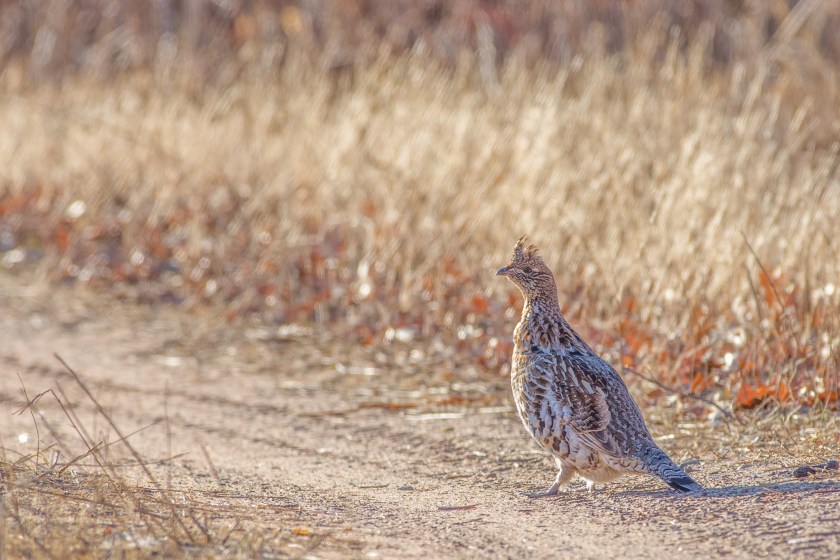
Getty Images, BobGrif
Minnesota is popular for its ruffed grouse hunting. But the Land of 10,000 Lakes holds much more abundance than it often gets credit for. The agricultural fields of southern Minnesota host a very healthy pheasant population that only seems to be rising. (No surprise, given that Minnesota was the founding location for Pheasants Forever.) Woodcock are also abundant in the state, and a good flight can really make an afternoon of shooting.
Where to Go: There are over 1,400 public wildlife areas across Minnesota that offer great pheasant hunting. Minnesota has an astounding one million acres for designated ruffed grouse hunting.
Hunters in the north of Minnesota can enjoy a healthy 5-grouse limit to split between ruffs and spruce grouse. You can even throw a daily limit of 3 sharp-tailed grouse as well in open grasslands of the northwest—and if you are lucky, bag a few wild Hungarian partridge.
1. Nevada
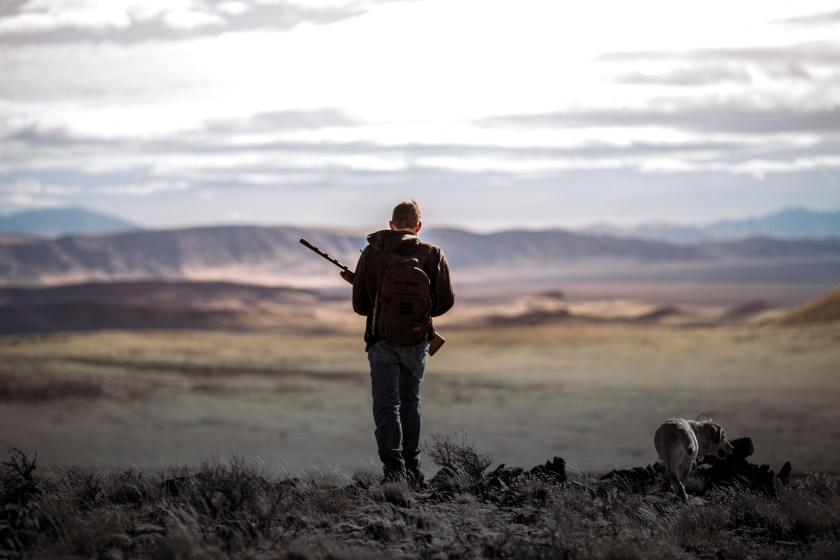
Getty Images, Gchapel
Nevada is a sleeper state for upland hunters. The Silver State holds three different species of quail to chase. The Sierra Nevadas also host a healthy population of blue grouse and ruffed grouse can also be found in the northeastern corner of the state.
Chukar are abundant and can be found throughout the state for those willing to climb high for their birds. But be warned—they are known to leave even the best of hunters in tears.
Where to Go: If you find chukar too easy, climb even higher for the rarely seen Himalayan snowcock, considered by many to be the hardest upland species to hunt in the country. They are only found only in the Ruby Mountains of eastern Nevada and will be in rocky areas far above the treeline.
